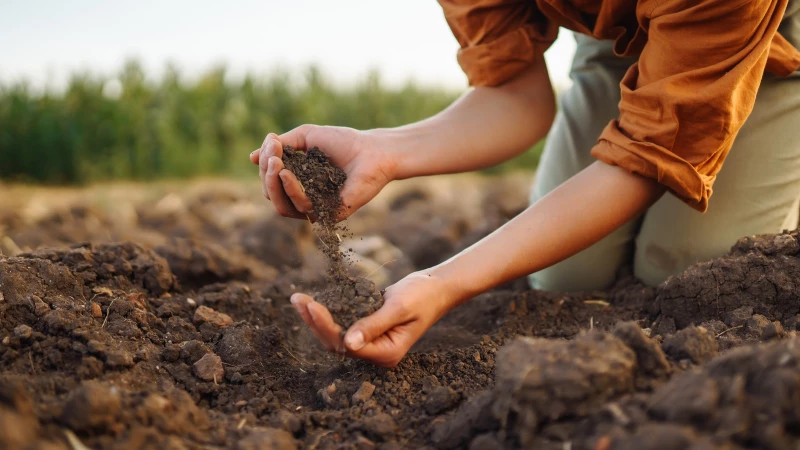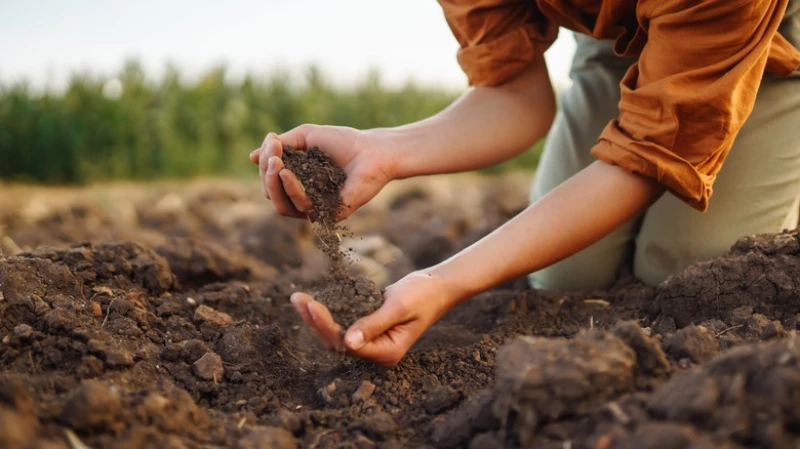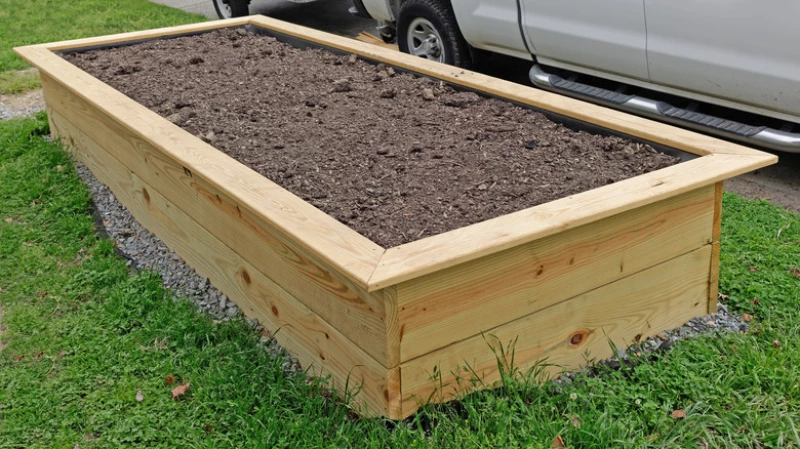When filling your raised beds, it's important to consider the composition of the soil to ensure proper drainage and prevent compaction. Many experts recommend a mix of three key ingredients: amendments, high-quality topsoil, and approximately 20% compost. Some advanced recipes, like the renowned Mel's Mix, suggest incorporating vermiculite, peat moss or coco coir, and compost for optimal results. Vermiculite adds porosity to the soil, while peat moss or coco coir contributes to a loose and crumbly texture.
If your native soil is free from toxins or contaminants, the Oregon State University Extension Service advises including at least 30% native soil in your raised bed mix. Native soil typically contains a diverse array of minerals that are beneficial for plant health. Rutgers University's New Jersey Agricultural Experiment Station emphasizes the importance of mineral-rich soil for optimal growth of food crops, making the use of native soil a sustainable and effective choice for productive raised beds.









